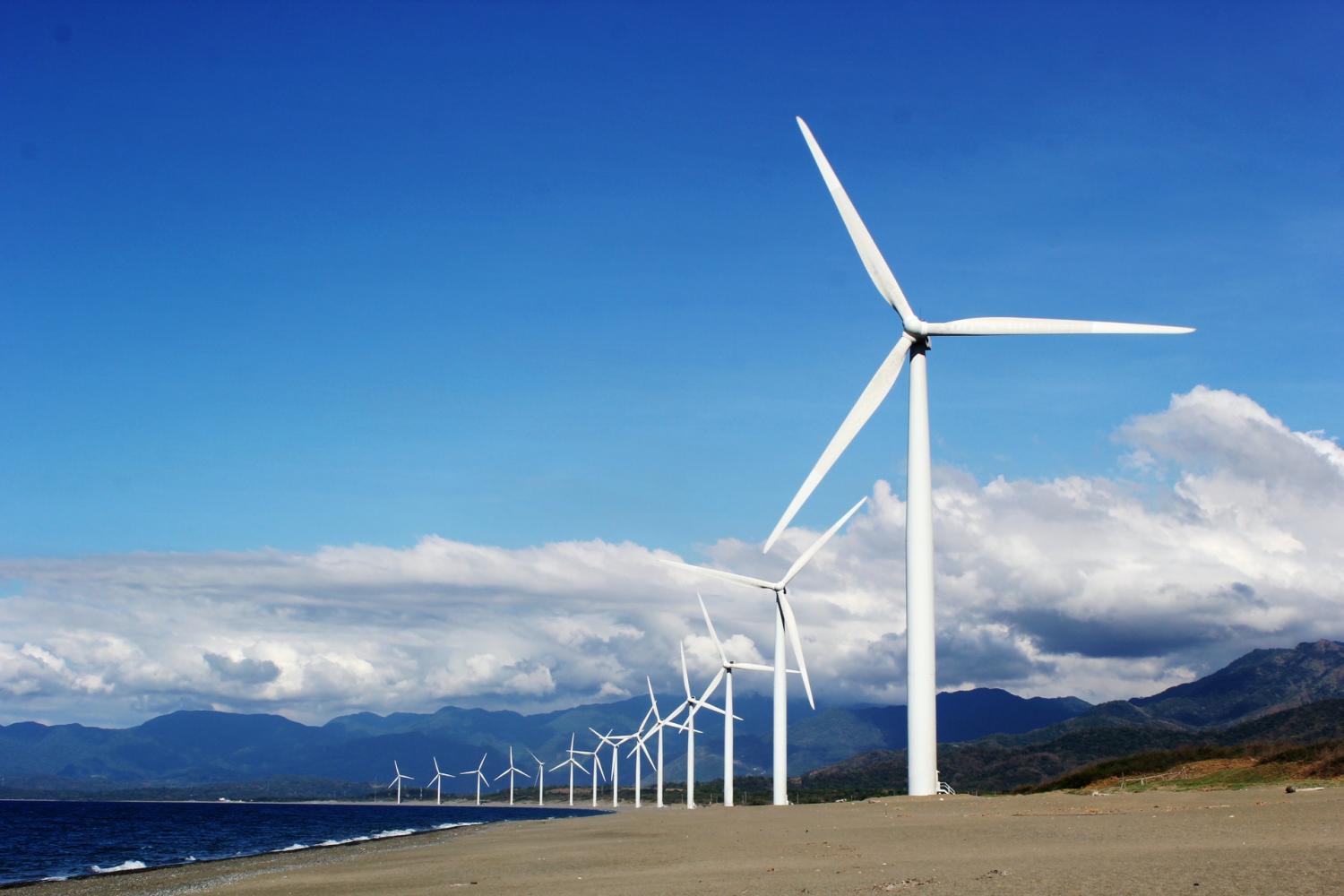
The global oil and gas market began to weaken before the COVID-19 outbreak crashed the economy, providing bottom-line motivation for BP and other industry leaders to satisfy investors by shedding assets. That maneuvering has continued into 2020, and BP illustrates why renewable energy is poised to fill the vacuum.
BP quits petrochemicals…
BP is among the oil and gas giants pivoting to renewable energy. In some ways it appears that the company is running ahead of schedule, even as the COVID-19 crisis continues to mount.
On Monday, for example, BP announced that it will sell practically all of its petrochemical business to the industry leader Ineos. The sale involves 14 plants in the U.S., Asia and Europe. BP will retain just one facility in Germany, as part of a refinery operation.
BP describes the sale as the “next strategic step in reinventing BP.” It comes a year earlier than BP’s divestment plan calls for, though the actual transaction will not be finalized until the end of this year.
…but petrochemicals do not quit BP
Selling off an asset does not make it disappear, however. BP notes that global demand for plastics will continue to support the 14 petrochemical plants, particularly in Asia.
To the extent that BP continues to supply oil and gas to those 14 plants and its remaining facility in Germany, the sale will not have an impact on the amount of carbon that BP contributes to the global load.
So, is this yet another case of greenwashing?
In some ways, yes. BP enabled additional growth in the petrochemicals field earlier this year when it licensed its petrochemical technology to the firm Weilian Chemical for the construction of a new petrochemical facility in China.
That puts the sale of those 14 other facilities in a different light. For the sake of comparison, consider what happens when a big-box retailer removes guns from its stores. There is a considerable amount of positive media attention, but the guns are still for sale elsewhere. Making an actual difference would involve destroying guns in stock, not enabling someone else to sell them.
Still, BP CEO Bernard Looney attempted to spin Monday’s announcement as a net gain for a more sustainable, circular economy.
“These businesses are leaders in their sectors, with world-class technologies, plants and people. In recent years they have improved performance to produce highly competitive returns and now have the potential for growth and expansion into the circular economy,” he said.
Kickstarting the circular economy
On the other hand, Ineos does position itself as a contributor to the circular economy. The company initially focused its recycling efforts on the waste-to-energy field, but it is currently exploring more sustainable and sophisticated pathways, such as converting plastics at the molecular level and blending more recycled plastic into virgin sources. Ineos is also working with the packaging industry to shift into plastics that are more easily recycled.
If all goes according to plan, the long-term impact of the BP sale would be to improve economies of scale for Ineos’ plastic recycling efforts. That seems to be in the cards, as the sale includes BP’s new Infinia recycling technology among other research assets.
The sale could also provide Ineos with additional bottom-line leverage to prod its value chain toward the use of products that are more amenable to the circular economy.
All in all, the effect in the long run would be to tamp down growth in demand for virgin oil and gas.
Focusing on renewable energy
On BP’s end, the sale relieves the company from pressure to make its petrochemical business more sustainable, enabling it to concentrate on its core business of producing energy and fuel products more sustainably.
In that regard, BP is preparing for the future. The company launched an ambitious plan for renewable energy almost 20 years ago with its “Beyond Petroleum” campaign, only to see it fizzle out. More recently, though, BP plunged back into the renewable energy field in partnership with California-based Lightsource bp, a leading solar company.
With Lightsource, the company plans on developing 10 gigawatts in renewable energy within the next three years.
BP is also exploring a renewable energy plan in Australia, which would leverage solar and wind power to generate green hydrogen for export. If that plan works out, it would resolve one major bottleneck in the global renewable energy marketplace and foster a massive impact on global decarbonization.
Currently, wind and solar power cannot be shipped overseas like coal, oil or natural gas. In the form of green hydrogen, though, wind and solar power are both storable and transportable. Australia has plenty of both, and access to the lucrative Asian markets as well.
The sustainable COVID-19 recovery
In and of itself, BP’s petrochemical sale is more of a baby step than a giant step in terms of global decarbonization.
Nevertheless, by shedding those assets, BP is in a better position to leverage its own economies of scale to promote renewable energy on the heels of the COVID-19 crisis.
Supporting this optimistic outlook is Looney himself. He took up the position of CEO in February, just as the COVID-19 pandemic was hitting in force.
By May, he was doubling down on BP’s new net-zero by 2050 commitment.
“I am more convinced than ever that this is the right thing to do, and we need to crack on with it,” he said. “The pandemic only adds to the challenge that already exists for oil in the medium to long term.”
Image credit: Kervin Edward Lara/Pexels

Tina writes frequently for TriplePundit and other websites, with a focus on military, government and corporate sustainability, clean tech research and emerging energy technologies. She is a former Deputy Director of Public Affairs of the New York City Department of Environmental Protection, and author of books and articles on recycling and other conservation themes.














